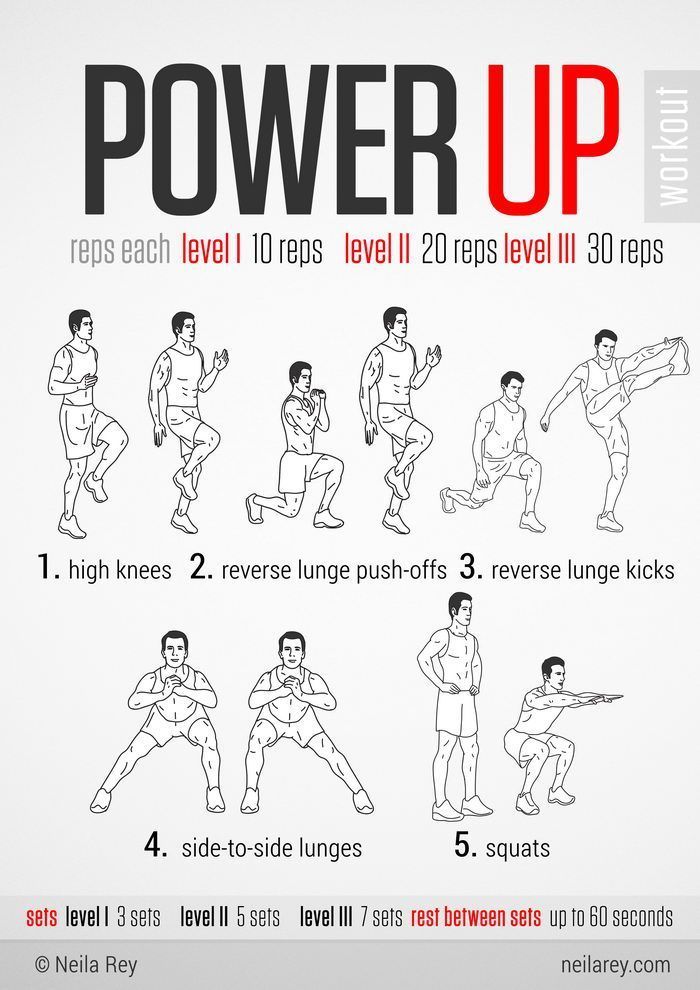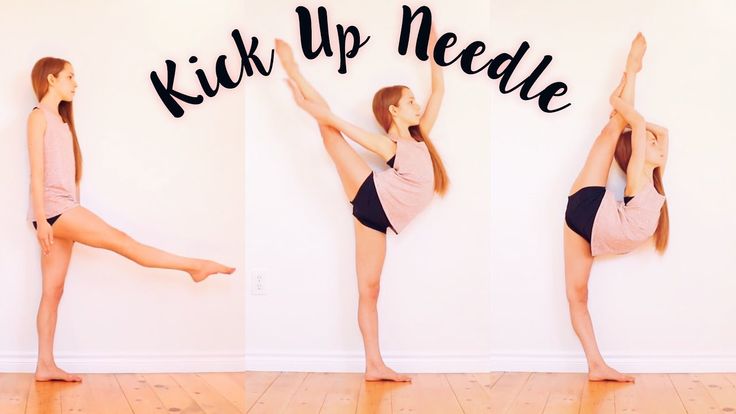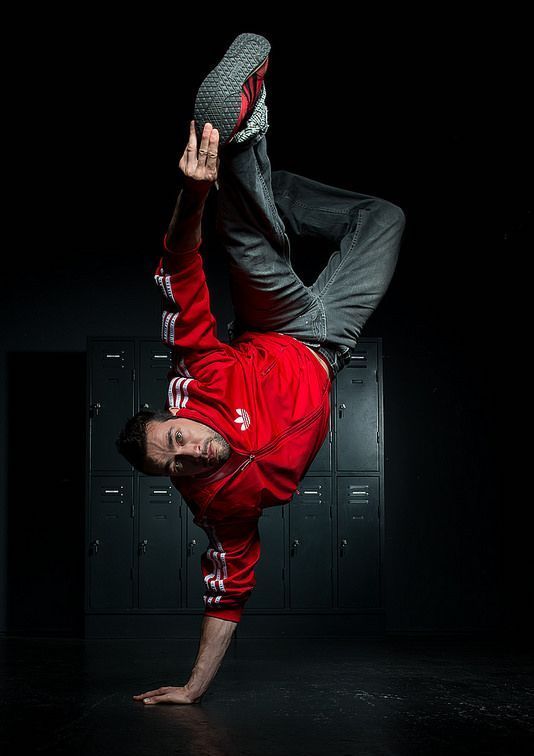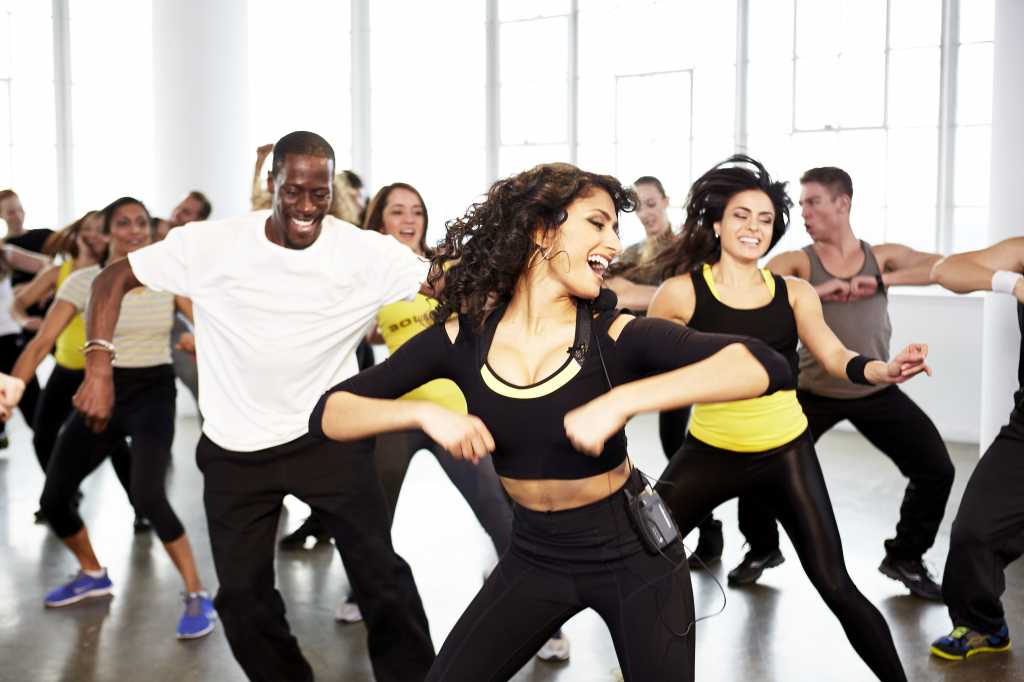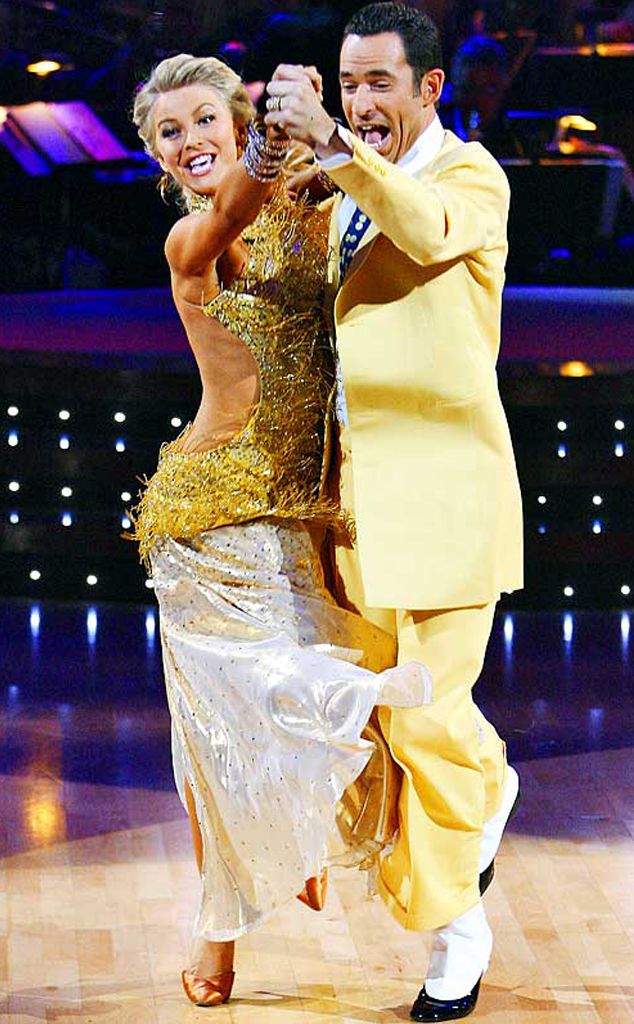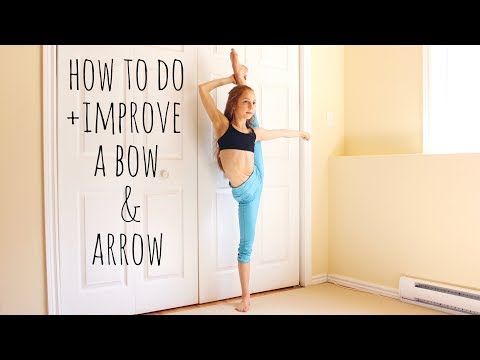How much does it cost to enter a dance competition
Estimated Cost of Entering a Dance Competition in 2022
Do you want to enter a dance competition and want to know the cost breakdown? If YES, here are factors that determine the cost of entering a dance competition. The competitive dance industry mainly comprises of competition production companies—also sometimes called dance competition companies and dance competition lines—that conduct regional competitions at stops along their annual, nationwide tours.
Dancers who compete at these regional competitions are students ranging in age from approximately four to eighteen years old. Dance schools (often referred to as dance studios) primarily arrange for their classes to compete as groups.
Note that advanced dancers may be chosen to compete solos, duets, trios, or in a small group dance in addition to or in place of large group routines. Competitions typically begin in January and end in July or August.
Table of Content
- Costs Associated With Entering a Dance Competition
- 1.
Starpower International Talent and Dance Competition
- 2. United States Dance/Drill Team Championship
- 3. America’s Got Talent
- 4. World of Dance
- 5. American Dance Awards
- 6. Fusion National Dance Competition
- 7. Turn It Up Dance Challenge
- 8. The Dance Championships
- 9. Youth America Grand Prix
- 10. World Professional Latin Dance Competition
- 1.
Costs Associated With Entering a Dance Competition
All competitions are different. They include different age groups, different styles of dance, different choreography and costume requirements, etc. Some are ballet-only competitions (like Youth America Grand Prix) some are sponsored by religious organizations, and some are only open to local participants.
However, there are costs associated with competitive dancing. First of all, students are expected take a minimum of three dance classes per week at their dance schools. Also the required costumes for dance competitions are more elaborate than recreational level costumes.
These costumes are expected to be more durable and have original designs. As a result the cost of a competitive costume is around $140 – $225.00 per group. Finally, there are competition entry fees which range from $50.00 to $55.00 per group, per competition.
The primary thing that holds all dance competitions together is the fact that participating dancers have their performances scored, and those with high scores in a multitude of categories receive prizes. Note that these prizes tend to vary greatly; some competitions also give out titles only, some give trophies or material prize packages, some give cash prizes, and some give scholarships to dance schools or contracts for dance companies.
In addition, recruiters, talent scouts, and company artistic directors are also known to attend competitions to view up coming dancers. Sometimes the prizes or meeting opportunities offered at a competition are important motivators for contestants, and sometimes they are not.
Competitive dancers are expected to be physically fit because even short dances can be physically demanding. Dancers are also expected to continuously train to maintain and improve their technique, balance skills, strength and flexibility.
Dancers are also expected to continuously train to maintain and improve their technique, balance skills, strength and flexibility.
Aside holidays and short breaks during the summer, competitive dancing is normally a year – round activity: dancers attend classes during competition season, to refine their competitive routines, and during off – season to prepare for the next upcoming competition season.
Everyone has goals and always needs passion and a suitable platform to reach those goals. If you are a dancer, then setting your goals at competing at or even winning one of the biggest dance competitions may help you stay motivated. Below are some of the biggest dance competitions in the United States
1. Starpower International Talent and Dance CompetitionFor over 31 years, Starpower International has maintained its stance as one of leaders in competitive dance. They offer a variety of dance competitions, including jazz, modern, tap, contemporary, lyrical, and musical theatre.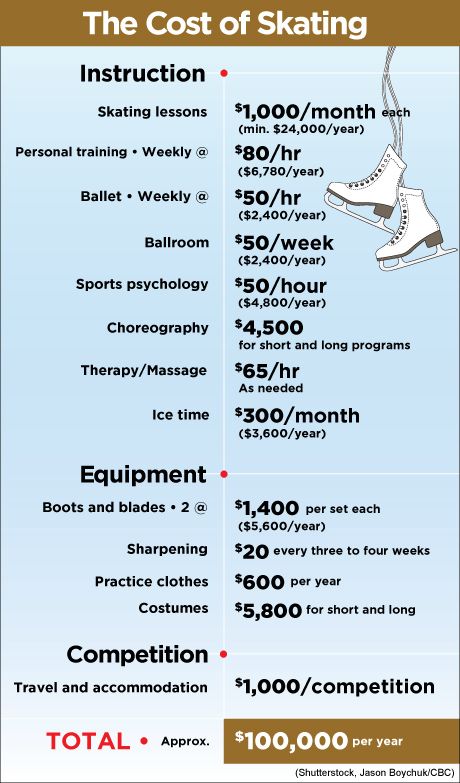 Note there are three different levels of competition making this contest a great place to get started in the world of competitive dance. Competitions leading into their Battle of the Stars event are held at various locations around the United States.
Note there are three different levels of competition making this contest a great place to get started in the world of competitive dance. Competitions leading into their Battle of the Stars event are held at various locations around the United States.
The United States Dance/Drill Team Championship is held annually with young people competing as a team. It tends to involve students from junior high through college competing in state and regional tournaments to win the right to perform at this competition. If this is your chosen style of dance, you may want to consider attending one of their workshops in addition to entering the competition.
3. America’s Got TalentAmerica’s Got Talent is a well known dance competition telecast on NBC prime created by dance and reality show expert Simon Cowell. The show has successfully completed 16 years of spontaneous entertainment via NBC network and has gained overwhelming response across the globe.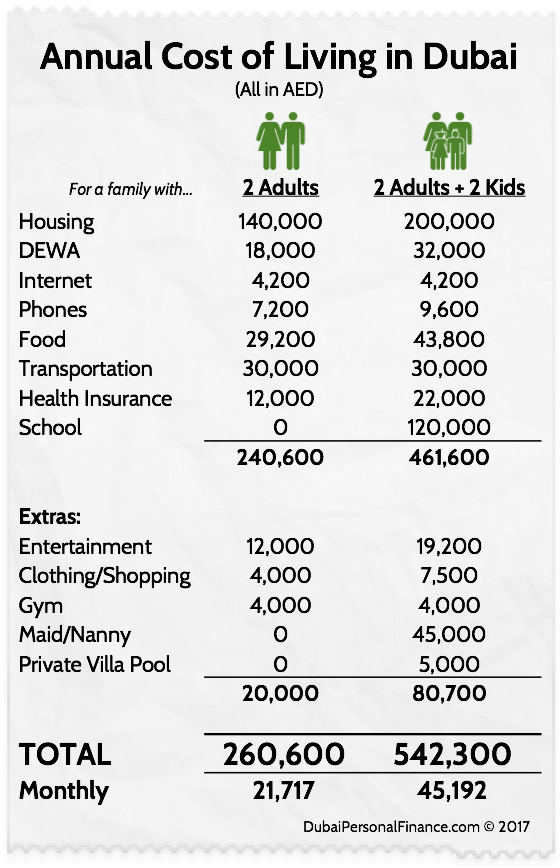 According to reports, this program attracts a wide range of participants from both USA and abroad who demonstrate their skills in different acts like singing, dancing, comedy, magic, stunts.
According to reports, this program attracts a wide range of participants from both USA and abroad who demonstrate their skills in different acts like singing, dancing, comedy, magic, stunts.
Currently the one and only dance competition to with rave reviews is NBC premier’s World of Dance produced by famous star performer Jennifer Lopez. The series brings eclectic dance forms featuring performers from all across the globe either in solo or group performances.
The show is represented by judges Jennifer Lopez, Ne-Yo and Derek Hough. Note that the World of dance competition series showcases talented dancers through qualifying rounds held across the nation who enroll via online submissions.
5. American Dance AwardsEstablished in 1979, American Dance awards is renowned for creating a rich history of talents 40 years in the making, serving as source of inspiration for both the dancers and the teachers. American Dance Awards practices a fair and unique system of database driven score board to evaluate the final results.
ADA’s highly respected panel of judges analyze the minute details of dance forms like structure, balance, grace, finesse, and rhythm before they come to the final conclusion and declare the winner. Each year dancers from all over the world come together at ADA to walk on the path of excellence and create memories of a lifetime.
6. Fusion National Dance CompetitionAt the Fusion National Dance Competition, you can unleash your inner dancer and grow your passion for the art. This competition offers a unique platform for dancers of all ages and skill levels to bring out the best in them. Fusion National dance dazzles you with spectacular performances by dancers rendering different dance styles with flawless ease. What really steals the limelight in the competition is the title competition in which dancers are judged based on solo and impromptu performances.
7. Turn It Up Dance ChallengeAs a dance, if you really want to turn up your passion for dance and want to make it big in the world of dance, then join the bandwagon of Turn It Up Dance Challenge.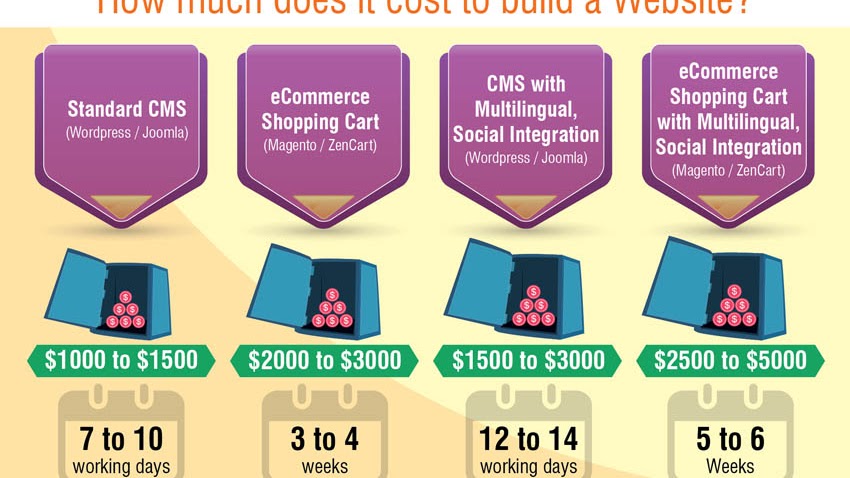 This competition is a conventional dance competition for dancers of all ages and levels which launches you into the glitz and glamour of the dancing world.
This competition is a conventional dance competition for dancers of all ages and levels which launches you into the glitz and glamour of the dancing world.
Turn It Up Dance Challenge offers its contestants a week full of live excitement through brilliant dance performances. TIU hosts events all across USA and each year new locations are added for the participants to enrol themselves easily. TIU also allows you to participate in its annual dance conventions held every year between Octobers to December.
8. The Dance ChampionshipsThis dance competition is renowned as the dance industry’s most competitive dance, gathering dance prodigies from all over USA. Established in 1989, The Dance Championships has spearheaded the competitive dance scenario in the Upstate and Western New York area.
Dance Championships provides dancers with the most affordable dance experience in a family friendly environment. It vouches for the best facility and technological backing compared to its peers, be it online registration, advertising or music uploading. Unlike its counterparts, Dance Championships has nominal entry fees.
Unlike its counterparts, Dance Championships has nominal entry fees.
The Youth America Grand Prix remains the largest ballet competition and scholarship program in the world. Dancers start out competing at 25 locations spread across the world. Then, 1,200 are invited to New York City for the final competition. In addition to being seen by people who are looking for ballet dance companies, over $500,000 in scholarships has been awarded. Many top professional ballet dancers got their start at this competition.
10. World Professional Latin Dance CompetitionDancers may perform a variety of Latin dance styles at the World Professional Latin Dance Competition. Note that over $44,000 is awarded annually during this competition along with several scholarships. The National Dance Council of America put on this event annually.
Conclusion
For some who are pursuing professional dance careers, competitions can provide important exposure and prizes that will help a dancer reach his or her goals.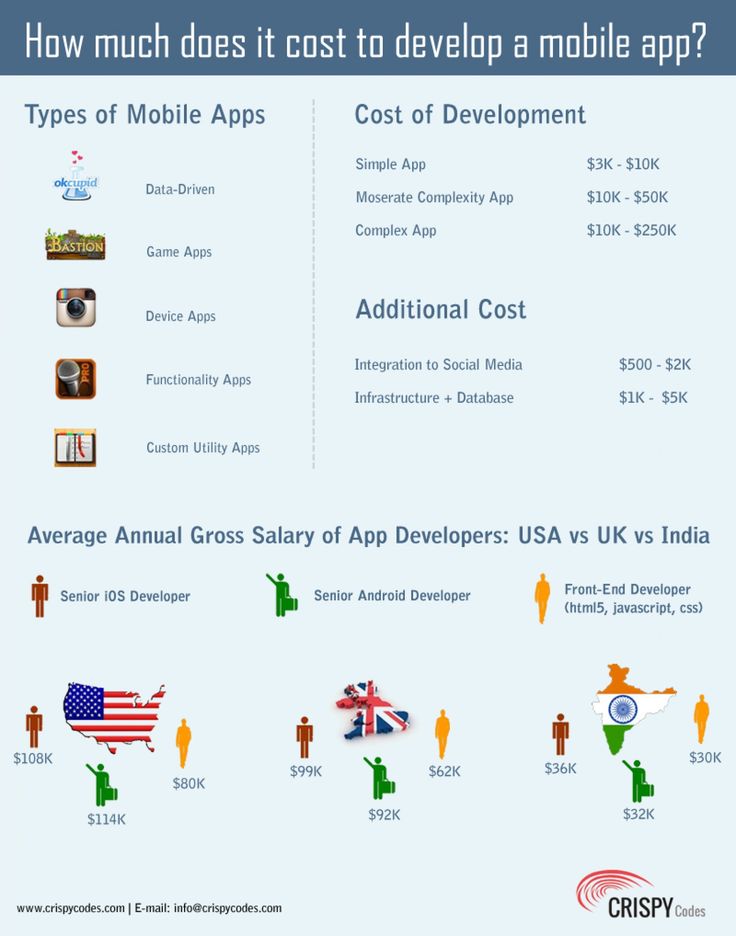 When talent scouts and company directors attend competitions or prizes include contracts and scholarships, a successful comp can result in a job offer or entrance into a prestigious school.
When talent scouts and company directors attend competitions or prizes include contracts and scholarships, a successful comp can result in a job offer or entrance into a prestigious school.
Competition Dance Costs
Competition dance … why does this always bring up images of Abby Lee Miller?
The last time I wrote about financing competitive dance, Piper had just finished her first season. (Read that post first if you are brand new to this!) I meant to write again last year, but money is such a sensitive topic. Every time I put amounts down in black/white – I cringe. Perhaps it’s better that I waited, because a lot has happened between Year 2 and Year 3.
The biggest change for us was a change in studios. Many things led to our decision, but it was the right move for us on a lot of levels. And, now, one year later €“ oh my stars, we made the right move!
So, money €¦ where are we now, what’s the same and what’s changed. First of all, I still track every penny. With that said, I can accurately account for how things have changed from year to year.
With that said, I can accurately account for how things have changed from year to year.
Our grand totals each year:
Year 1: $8,356.27 – 2 dances
Year 2: $13,565.75 – 5 dances
Year 3: $10,641.91 – 8 dances
For ease of comparison, I’ll call the studio we were at for years 1and 2, Studio A. Our studio for year 3 will be Studio B.
TUITION: This is a little different at our Studio B. Tuition covers your weekly technique classes. At Studio A, it covered your weekly technique classes and your mandatory competition dance choreography and cleanings. (So, basically, in year 1- we got classes, plus two dance choreography/cleanings in our $260/month. In year 2 – we got classes, plus three dance choreography/cleanings in our $260month.)
At Studio B, our monthly tuition was $275/month. (That is raising to $300/month this coming year.) Piper took 11 classes each week and our tuition only covered those technique classes.
However, we are also offered the option of paying for the entire year in advance.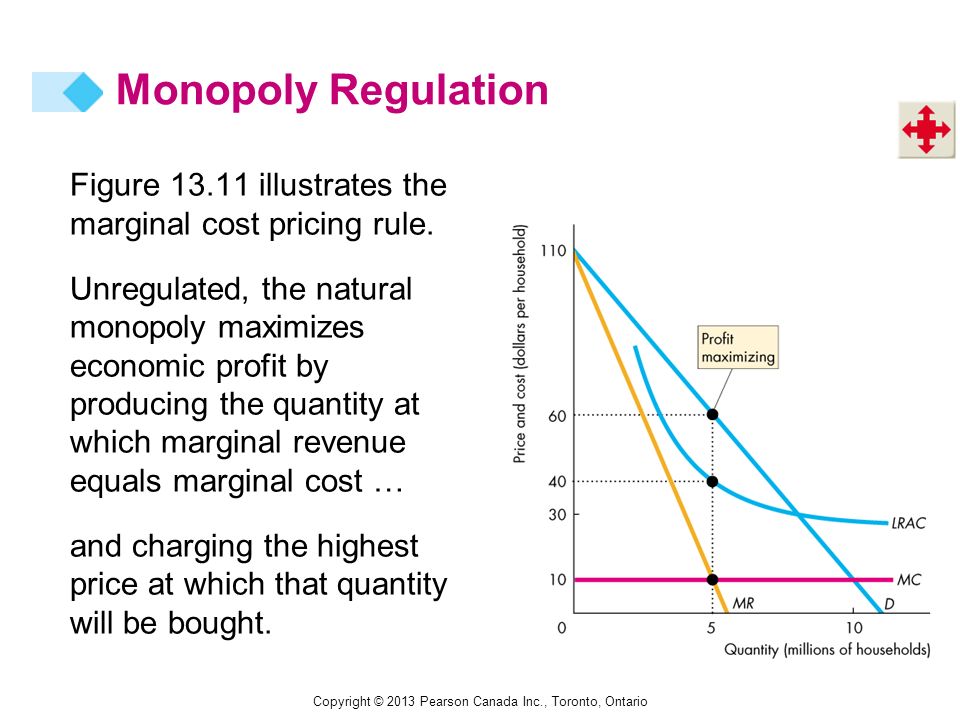 We get a small discount when we take advantage of the offer. For our family, it’s a huge outpour of funds all at once, but it’s $300/month that we know is already paid. That comes in really handy when Christmas comes around, or an unexpected financial emergency arises.
We get a small discount when we take advantage of the offer. For our family, it’s a huge outpour of funds all at once, but it’s $300/month that we know is already paid. That comes in really handy when Christmas comes around, or an unexpected financial emergency arises.
Total for tuition (Year 2) = $2,717.50
Total for tuition (Year 3) = $2,500
CHOREOGRAPHY/CLEANING: The last time I wrote about this topic, we were only doing our mandatory dances. At Studio A, you paid a choreography fee for any €œextra € dance – solo, group, duo/trio, etc. For example, we paid $350 for solo choreography, $134 for trio choreography, and $110 for a tap small group with 5 girls.
At Studio B, we pay a choreography fee for every dance. It’s nice for a few reasons. We are given the cost of each dance – a solo is $450, a duet is $550, small groups are $800, large groups are $1,000. The cost is split between the dancers in each group. For example, Piper could be cast in a group with 4 girls and our cost would be $200 for that number.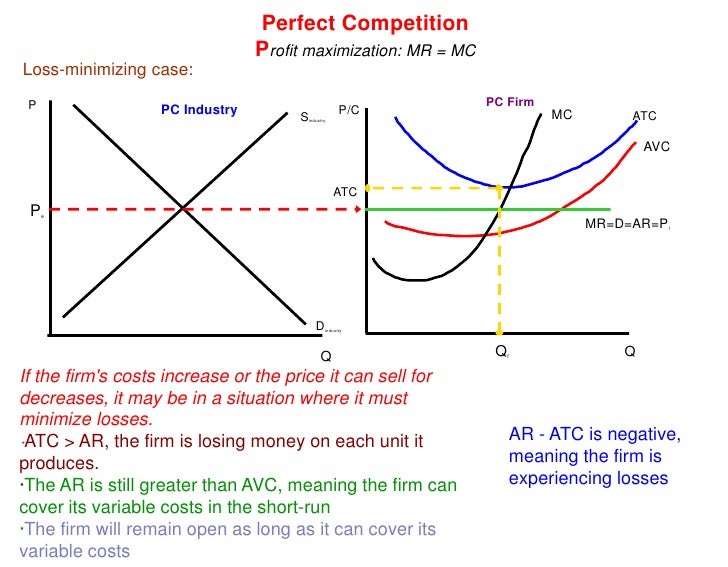 But she could also be cast in a small group with 9 girls and it would be $88.89.
But she could also be cast in a small group with 9 girls and it would be $88.89.
Given those costs and the odds of what a €œworst case scenario € could be, we are able to tell the director how many solos, duo/trios, groups we (1) think our daughter can handle and (2) our wallet can handle.
At Studio A, for the dances that required a choreography fee, it was truly just that – choreography only. From there, you paid a €œcleaning fee € every time that dance was cleaned ($35/half hour, $70/hour). This meant that I was constantly running into the studio waving cash €¦ and needed to have odd increments of bills available at all times. It was C-R-A-Z-Y. Especially for someone (me) who HATES carrying cash.
At Studio B, the cleaning fees for all group dances are included in the choreography cost. Thank you, Jesus! (I mean that literally.) It also means that although things are expensive on the front end, once it’s paid – it’s paid.
Total for choreography/cleaning (Year 2) = $280 (one dance)
Total for choreography/cleaning (Year 3) = $680 (six dances)
SOLO/DUETS/TRIOS: This is another area that we hadn’t explored last time. In Year 2, we started with a solo and during spring break added a trio, so those costs might be a bit skewed. For Year 3, we did a solo and trio again.
In Year 2, we started with a solo and during spring break added a trio, so those costs might be a bit skewed. For Year 3, we did a solo and trio again.
Both Studio A and B do this the same way. You pay a choreography fee and then you pay for each cleaning separately. I think that’s industry standard.
These are the take aways that I have about a solo: A solo is worth every penny. The growth that comes from one-on-one time with your teacher is golden.
There are many kids that do multiple solos. For us, financially, we would rather Piper be in more group dances than add another solo. When she’s older and if she still thinks that this is what she wants to REALLY do as a career, we’ll add another solo. But, for now, our choice is one solo and more groups.
Total for solo/cleanings (Year 2) = $1,155
Total for trio/cleanings (Year 2) = $333 (1/2 season)
Total for solo/cleanings (Year 3) = $1,380
Total for trio/cleanings (Year 3) = $478
COSTUMES: I now consider myself a costume expert. We’ve done catalog and custom-made, and semi-homemade (catalog, then alter it to look like something else!). I’ve also learned that a lot of what happens with a costume depends on your studio and what they consider standard.
We’ve done catalog and custom-made, and semi-homemade (catalog, then alter it to look like something else!). I’ve also learned that a lot of what happens with a costume depends on your studio and what they consider standard.
At Studio A, more was better. And more, and more. I love me some bling, but it was a lot! And many times the additions to the costume cost more than the basic costume.
At Studio B, we have some gorgeous costumes, too. But, there was a bit more of a €œLet’s try it like this €¦ if we see it needs more, then we’ll add more. But, let’s not just do it because we can. € And, guess what? Many times, costumes were gorgeous €œas is €. It made a difference in the bottom line.
My advice – learn to stone. Order stones wholesale. Both of these things will save you LOADS of money. And, some of the best Dance Mom moments I’ve had have come over a costume and a gross of crystals!
Total for costumes (Year 2) = $835.73 – 6 costumes
Total for costumes (Year 3) = $674.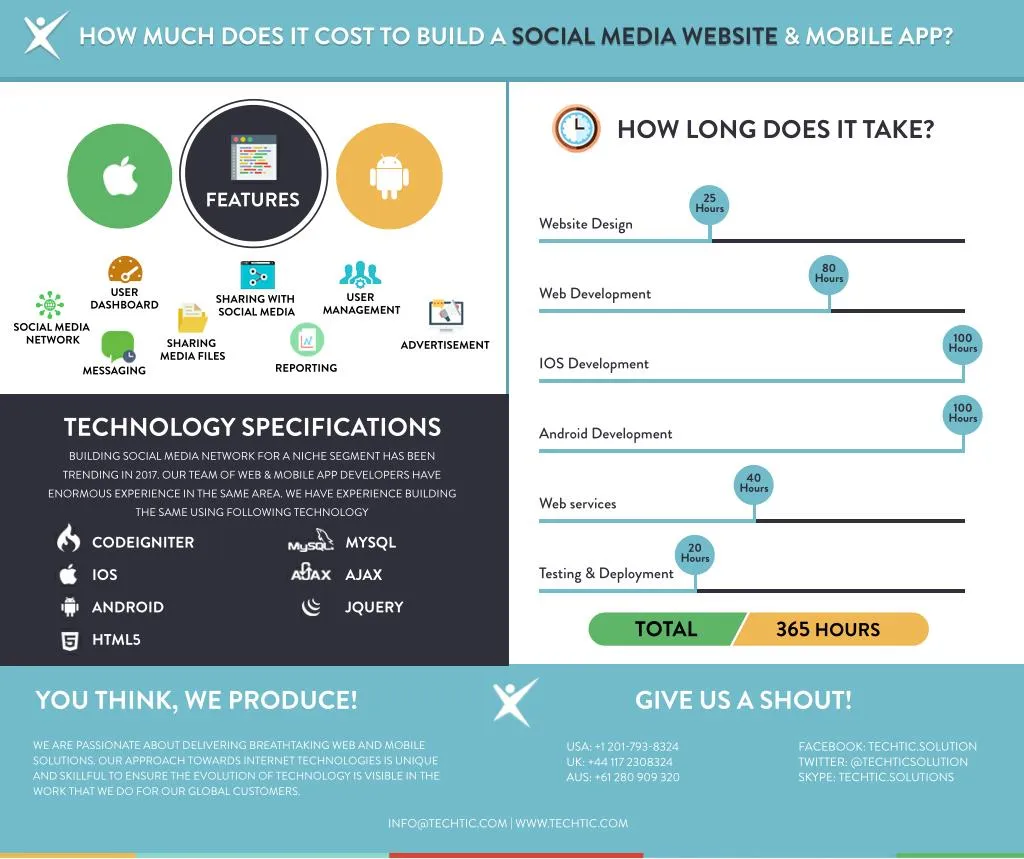 44 – 8 costumes
44 – 8 costumes
COMPETITION FEES: Last time, I wrote about how surprised I was when the time came to pay fees for competitions. It was significantly more than I ever imagined. Well, that was with two dances €¦ so imagine how numb I am now!
To be honest, groups aren’t much (in the grand scheme). They run $35-45 on average. Duo/trios will run approximately $60. Solos are about $100.
The upside is that there is prize money. Whoo hooo! This is slightly different for each competition and sometimes depends on the number of entries in a category. It’s also an opportunity for studios to handle this in different ways.
Studio A – solo – the money is applied to your account; duo/trio/groups – the money is split and applied to your account.
Studio B – solo – the money is applied to your account; duo/trio – the money is split and applied to your account; groups – the money goes to the studio.
Total for competitions (Year 2) = $1,262.82 (5 dances)
Total for competitions (Year 3) = $1,601. 68 (8 dances)
68 (8 dances)
CONVENTIONS: When I write you this time next year, I will be an expert in this field. Our studio is doing all conventions next year with the exception of one competition. (Even doing a convention nationals!) We did one convention this year and Piper loved it. For me, I love that there are scholarship opportunities and (in our case, at least) the teachers in the sessions are amazing.
Of course, they are more expensive. For Piper’s age, we are looking at $225-260/per convention + competition fees. I’m thinking that it will add about $1,000 to our overall costs. We will have to weigh whether or not we stay in the convention hotel or drive back/forth from home for the local events. Staying in the hotel is another added cost, so we’ll play that one by ear.
ATTIRE: With a change in studio, brought a new change in attire (logo jacket/pants). My best advice for this is €œbuy with room to grow €. I got two seasons out of Piper’s attire for Studio A, and I will get 2 years and possibly more out of Studio B.
STUFF: I still love €œthe stuff € €¦ the DVDs, the photos, the shirts, the programs €¦ I’m a sucker. It’s probably worse because I’m such a memory keeper with scrapbooking and Project Life. But, I have learned when to pass it by and when to buy, but more often then not – I’ll buy.
PACKING IT UP: I’m still in love with my Dream Duffel. You might recall from the last post that I had a small duffel. I’ve now graduated to a medium and could probably use a large! The Dream Duffel holds up so well and they’ve come out with so many accessories since my original posting specifically on them. I can’t recommend it enough.
If you are new, my advice would be to buy the basics – the duffel, their hangers (they are worth the money), and their garment bags. Then, after your first competition, order the additional accessories that you wish you had.
TRAVEL: This is always a biggie. Thankfully, we’ve gone to three nationals that are within driving distance for us.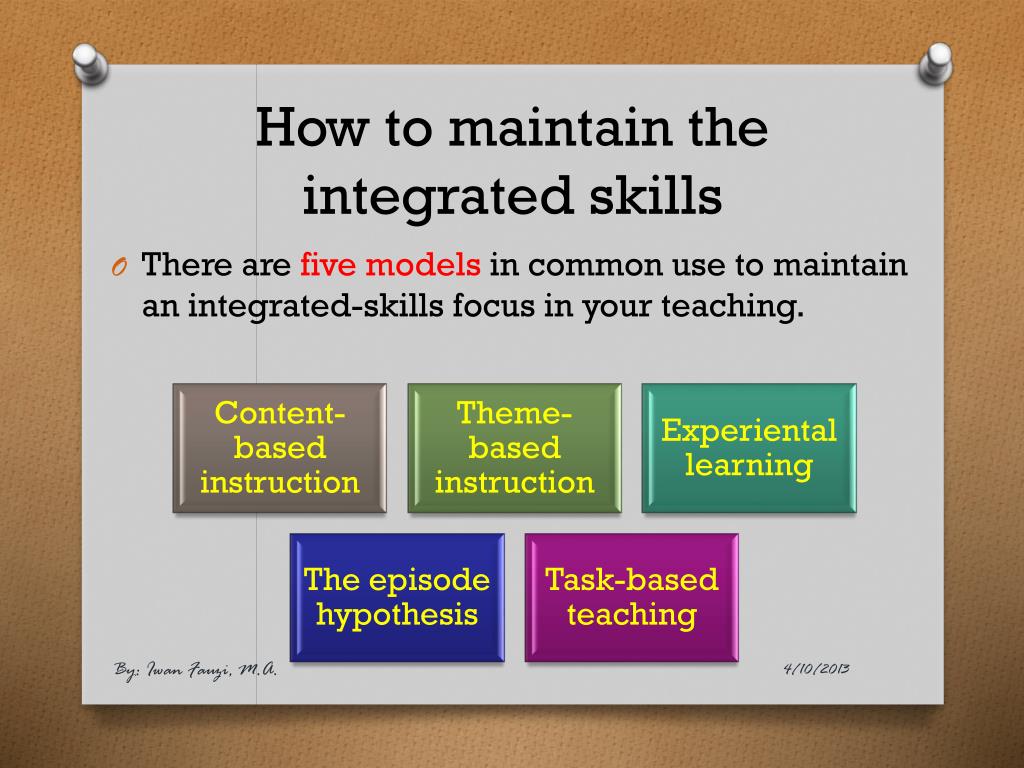 Next year, we will be flying. It’s still the single biggest expense of the year, but we’ve had such good experiences – I don’t regret it. If we did a nationals close to home, I’m not sure it would feel like nationals.
Next year, we will be flying. It’s still the single biggest expense of the year, but we’ve had such good experiences – I don’t regret it. If we did a nationals close to home, I’m not sure it would feel like nationals.
We’ve done condos alone, we’ve shared a house with friends, we’ve cooked in and eaten out €¦ there are so many ways to try to make it cheaper, but in the end €“ you have to do what works for you. There are certainly pros and cons to every scenario. The bottom line is to plan early, budget, and make sure that you have all the information. (A huge key piece is €œWhat day is my first dance? € If you are trying to pinch pennies, you might not want to show up on Saturday if you don’t dance until Thursday.)
No matter where we go or how we slice it, nationals for us is a $3,000 trip every year. And, probably $5,000 next year with flights.
€” €” €”
So, here we are three years later, still paying over $10k per year for a little girl to dance. Is it worth it? There aren’t enough €œyes-es €.
Piper has grown so much €“ 1,000% since we joined Studio B. She is independent, confident, and has a work ethic that most adults don’t have. She has never once complained about going to class or missing out.
More than anything, we’ve seen a talent blossom in her. And as long as she wants to nurture that talent, then it’s my job to make sure that she can.
Will she dance forever, who knows? I hope so. Right now, she plans on it. But, because this investment goes beyond the dance studio, I’ve gotten my money’s worth if she quit tomorrow.
For our family, this amount doesn’t come easy. There’s a lot of sacrifice, and thankfully, my mom helps out each month. Don and I both work extra jobs €¦ and Don works A LOT of long hours. But, when I see how happy Piper is when she’s dancing and how her face lights up the second her foot steps on the stage €“ I’d do it a thousand times over. And, a thousand times again.
How much will it cost to participate in the dance competition?
Do you want to enter a dance competition and want to know the cost breakdown? If YES, here are the factors that determine the cost of participating in a dance competition. The competition dance industry primarily consists of competition production companies - also sometimes referred to as competition dance companies and dance competition lines - that host regional competitions at stops during their annual nationwide tours.
The competition dance industry primarily consists of competition production companies - also sometimes referred to as competition dance companies and dance competition lines - that host regional competitions at stops during their annual nationwide tours.
The dancers participating in these regional competitions are students between the ages of four and eighteen. Dance schools (often referred to as dance studios) primarily organize their class competitions in groups.
Please note that experienced dancers may be selected to participate in solo, duet, trio or small group dances in addition to or instead of large group performances. Competitions usually start in January and end in July or August.
Costs associated with participating in a dance competition
All competitions are different. They include different age groups, different dance styles, different choreography and costume requirements, etc. Some are ballet-only (such as the Youth America Grand Prix), some are sponsored by religious organizations, and some are only open to local participants. .
.
However, competitive dancing comes at a cost. First of all, students are expected to attend at least three dance classes per week at their dance schools. In addition, the costumes required for dance competitions are more complex than the entertainment level costumes.
These suits are expected to be more durable and original in design. As a result, the competition costume costs between $140 and $225 per group. Finally, there are entry fees ranging from $50 to $55 per group per competition.
The main thing that all dance competitions have in common is that participating dancers receive marks for their performances, and those who score high in multiple categories receive prizes. Please note that these prizes tend to vary greatly; some competitions also only award titles, some give trophies or material prizes, some give cash prizes, and some give scholarships to dance schools or contracts with dance companies.
In addition, recruiters, talent scouts and artistic directors of companies also often attend competitions to see future dancers. Sometimes prizes or the opportunity to meet offered in a competition are important motivators for participants, and sometimes they are not.
Competitive dancers are expected to be in good physical shape because even short dances can be physically demanding. Dancers are also expected to train constantly to maintain and improve their technique, balance skills, strength and flexibility.
In addition to holidays and short breaks in the summer, competitive dancing usually takes place all year round: dancers attend classes during the competitive season to improve their competitive programs, and in the off-season to prepare for the next upcoming competitive season.
Everyone has goals and they always need the passion and the right platform to achieve them. If you're a dancer, setting your goals to enter or even win one of the biggest dance competitions can help keep you motivated. Below are some of the biggest dance competitions in the USA.
1. Starpower International Talent and Dance Competition
For more than 31 years, Starpower International has maintained its position as one of the leaders in competitive dance. They offer a variety of dance competitions including Jazz, Modern, Tap, Contemporary, Lyric and Musical Theatre. Please note that there are three different levels of competition, making this competition a great start to the world of competitive dance. The competitions leading up to their Battle of the Stars event are held at various locations across the US.
2. US Dance and Exercise Team Championship.
The US Dance and Exercise Team Championship is held annually and young people compete as a team. It usually involves students from elementary school to college who compete in state and regional tournaments to win the right to compete in that competition. If this is your dance style of choice, you might consider attending one of their workshops in addition to entering a competition.
3. America's Got Talent
America's Got Talent is a famous dance competition television show on NBC Prime created by dance and reality show expert Simon Cowell. The show has successfully completed 16 years of spontaneous entertainment through the NBC network and received a huge response around the world. Reportedly, this program attracts a wide range of participants from both the US and abroad, who demonstrate their skills in various activities such as singing, dancing, comedy, magic, stunts.
4. World of Dance
Currently, the only dance competition that has received rave reviews is the NBC premiere series Dance World, produced by acclaimed star performer Jennifer Lopez. The series features eclectic dance forms featuring performers from all over the world in solo or group performances.
Judges Jennifer Lopez, Ne-Yo and Derek Hough present the show. Please note that the World of Dance competition series showcases talented dancers through selection rounds held across the country, which are registered through online applications.
5. American Dance Awards
Established in 1979, the American Dance Awards has a rich history of talent created 40 years ago and serves as a source of inspiration for dancers and teachers alike. The American Dance Awards uses a fair and unique database based scoreboard system to judge the final results.
The distinguished panel of ADA judges analyzes the smallest details of dance forms such as structure, balance, grace, finesse and rhythm before coming to a final conclusion and declaring the winner. Every year, dancers from all over the world gather at ADA to walk the path of excellence and create memories for a lifetime.
6.
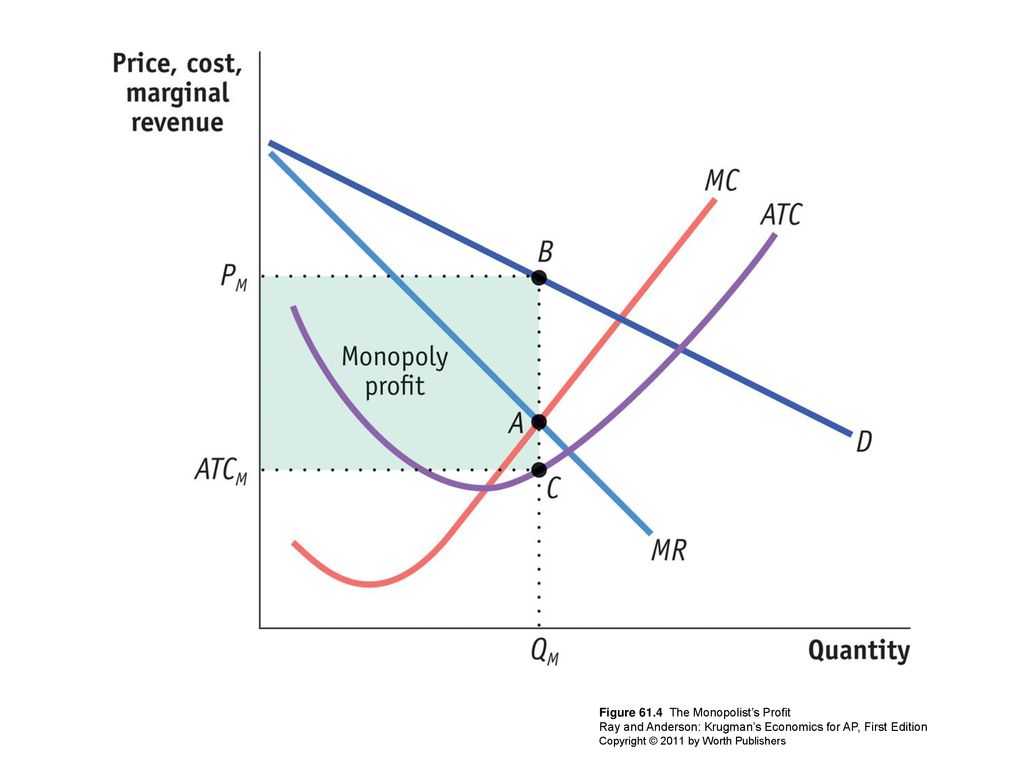 Fusion National Dance Competition
Fusion National Dance Competition At the Fusion National Dance Competition, you can unleash your inner dancer and develop your passion for art. This competition offers a unique platform for dancers of all ages and skill levels to bring out the best in them. The National Fusion Dance will impress you with spectacular performances of dancers performing various dance styles with impeccable ease. What really draws attention to the competition is the title competition, in which dancers are judged based on solo and impromptu performances.
7. Turn It Up Dance Challenge
Like dance, if you really want to awaken your passion for dance and make it big in the dance world, then join the winner of the Turn It Up Dance Challenge. This is a traditional dance competition for dancers of all ages and levels that will take you into the glitz and glam of the dance world.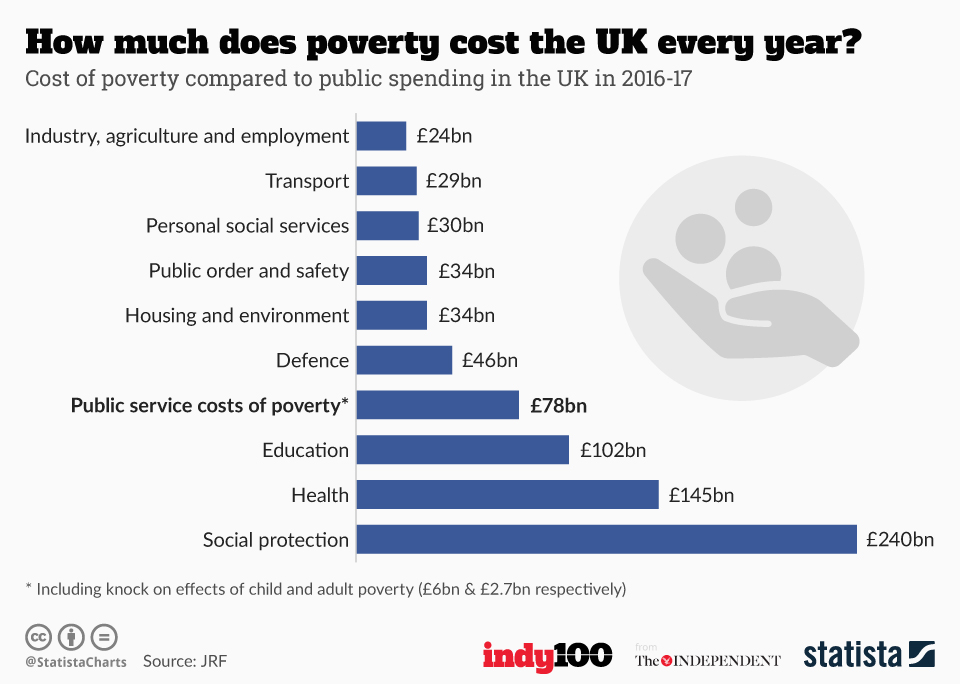
The Turn It Up Dance Challenge offers participants a full week of vibrant dance performances. TIU hosts events across the US, with new venues added every year to make it easy for attendees to register. TIU also allows you to participate in the annual dance conventions held each year from October to December.
8. Dance championship.
This dance competition is known as the most competitive dance in the dance industry, bringing together dance prodigies from all over the US. Founded in 1989, The Dance Championships has spearheaded competitive dance in upstate and western New York.
Dance Championships provides dancers with the most accessible dance experience in a family atmosphere. It vouches for the best hardware and technology support of its peers, whether it's online registration, advertising, or music downloads. Unlike their counterparts, dance championships have nominal entry fees.
9. Youth America Grand Prix.
The Youth America Grand Prix remains the largest ballet competition and scholarship program in the world. Dancers start competitions in 25 locations around the world. Then 1,200 people are invited to New York to participate in the final competition. In addition to being seen by people looking for ballet dance companies, scholarships worth over $500,000 have been awarded. Many professional ballet dancers started at this competition.
10th World Professional Latin Dance Competition.
Dancers can perform various styles of Latin dance at the World Professional Latin Dance Competition. Please note that over $44,000 is awarded annually during this competition, as well as several scholarships. The National Dance Council of America hosts this event annually.
Conclusion
For those pursuing a professional dance career, competitions can be an important event and prizes that will help the dancer achieve their goals. When talent scouts and company directors attend competitions or prizes that include contracts and scholarships, a successful outcome can lead to a job offer or admission to a prestigious school.
When talent scouts and company directors attend competitions or prizes that include contracts and scholarships, a successful outcome can lead to a job offer or admission to a prestigious school.
International competition "ART OF DANCE"
Classical dance and stylization
Classical dance today is the foundation of any dance direction. Its elements have been formed over the years and by the best teachers of ballet schools in the world. All beginners start from this direction, falling into the wonderful world of dance
Classical dance is, first of all, entertainment, beauty and the right basis for any dance movement.
Classical dance is movements that have united into one single system. But in order to revive it. It's one thing when the dance exists just like that, another when it helps to reveal feelings and a little story...
Folk dance and styling
Folk dance is a bright, colorful creation of the people, which is an emotional, artistic, specific reflection of their centuries-old, diverse life. He embodied the creative imagination of people, the depth of their feelings. Folk dance always has a clear theme and idea - it is always meaningful. There is a dramatic basis and plot in it, there are both generalized and specific artistic images created thanks to various plastic movements, spatial drawings (constructions).
He embodied the creative imagination of people, the depth of their feelings. Folk dance always has a clear theme and idea - it is always meaningful. There is a dramatic basis and plot in it, there are both generalized and specific artistic images created thanks to various plastic movements, spatial drawings (constructions).
Folk dance stylization is a modern creative interpretation of folklore material
new means and forms of choreographic expressiveness.
It should be noted that the basis of a stylized performance is, first of all, the study of folklore and ethnographic material, possession of the laws of composition, and of course, a sense of style - all that together creates the desired image or feeling of an image, a peculiar national character of a people, its image life and thought patterns.
The skill of a modern choreographer who stylizes folk dance lies in the ability to correctly combine modern movements and tricks with truly folk movements.
Children's dance, rhythm.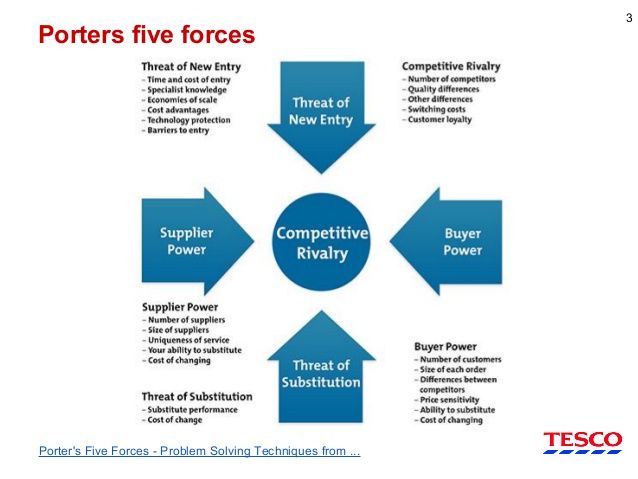
Children's dance has its own specifics and features. Everyone will agree that the main thing in it is not an impeccably mastered technique, but the creativity and interest of the child.
Poses, movement, gesture, facial expressions - this is a choreographic text. The content should contain an image, dramaturgy of children's dance.
Figurative vocabulary is what we depict, and expressive vocabulary is built on the image. Tempo - rhythmic music is very important for children, it should be clear, rhythmic, fun. For each age group, the music must be age appropriate.
Pop dance, pop-sports dance, disco.
Variety art combines various genre varieties, the commonality of which lies in easy adaptability to various conditions of public demonstration, in the short duration of the action, in the concentration of its artistic expressive means, contributing to the vivid identification of the creative individuality of the performer.
Acrobatic dance, sports dance
The composition of acrobatic dance is based on the etude-figurative style of arbitrary combinations. The etude-figurative style implies, along with good technical training, the presence of a level of expressive abilities and artistry. This style requires a deep study and careful mastering of gymnastic, acrobatic elements and connections, as well as the ability to create plastic, emotional-motor, or artistic images by athletes.
The etude-figurative style implies, along with good technical training, the presence of a level of expressive abilities and artistry. This style requires a deep study and careful mastering of gymnastic, acrobatic elements and connections, as well as the ability to create plastic, emotional-motor, or artistic images by athletes.
Contemporary choreography: Jazz, Modern, Free movement
First of all, this is the art of dance, this is choreography, which has no rules and mandatory movements and poses. It was formed at the beginning of the 20th century in the West and involves a diverse set of dance movements.
Dance theater, dance show
The main difference between pageant dance and pure dance is that pageant dance is a story that can be told without words. The founder of such a direction as dance theater is the great dancer from America - Isadora Duncan. In her productions, she turned to symphonic music and advocated the rejection of traditional dance costumes. Choreographers of this art direction use mixed dance styles. This type of dance implements its activities on the basis of the following two schools: dance school; acting school. In the process of training in these schools, special attention is paid to the emotional component of the dancers.
Choreographers of this art direction use mixed dance styles. This type of dance implements its activities on the basis of the following two schools: dance school; acting school. In the process of training in these schools, special attention is paid to the emotional component of the dancers.
Ballroom dancing (including formation)
The term "ballroom" refers to paired non-professional secular dances that originated in medieval Europe. Ballroom dancing of the 20th century developed on the basis of European dance, which at the turn of the 19th and 20th centuries was breathed new life by African and Latin American musical and dance culture.
Currently, 17 different dances are classified as ballroom dancing, divided into four programs:
The European program includes: slow waltz (Boston), quickstep (fast foxtrot), Viennese waltz, tango, slow foxtrot.
In Latin American: samba, cha-cha-cha, rumba, paso doble, jive.
In the folk: figured waltz, Krakowiak, Russian lyrical, rilio, Ukrainian lyrical.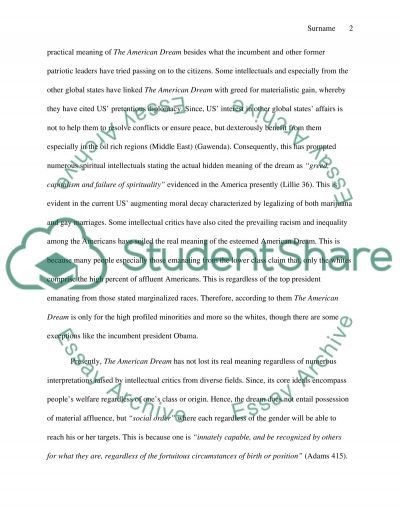
Optional: Berlin polka, trendy rock (for beginners)
Theoretically, the definition of ballroom includes such historical and everyday dances as mazurka, polonaise, catillon, quadrille, as well as more modern ones: salsa, twist, rock and roll, etc.
Youth trends: hip-hop, breakdance, etc.
Hip-hop is a mixture of energy, enthusiasm, positive. This is not just a dance, but a whole culture with its own clothes, habits, movements. Therefore, it is impossible to just learn to dance hip-hop, you need to live this culture, wear these clothes, love this music.
Perhaps it was the desire to express oneself that was the first impetus for the creation of the hip-hop style in America. It was a typical street dance, which was sometimes associated with hooliganism and swagger, graffiti and wide trousers. Gradually, hip-hop culture turned into a powerful youth movement, and Hip-hop dance appeared at competitions, festivals, and discos. Today Hip-hop is at the peak of popularity, dancing in this style is fashionable.
"Tap" - Tap dancing comes from a mixture of different cultures, primarily Irish dance and African American dance traditions. It became especially popular in the United States, where many cultural traditions fused, and at the turn of the 19th and 20th centuries a new dance appeared. Tap dance (from gypsy chyache "yes"), also step (eng. step dance from step "step" + dance "dance"; in the English language itself, this term includes any dances with an emphasis on footwork) - a type of dance, a characteristic feature which is rhythmic percussive footwork. As a rule, tap dancing is performed in special shoes lined with metal plates; however, they are the conquest of modern times: the founders of the genre (Bill Robinson[en], Sammy Davis Jr., the Nicholas brothers, etc.) did not use them, relying on hard shoe soles and oak floors.
Oriental dance, Indian dance
There are more than 50 styles of Oriental dance, there are also directions:
Egyptian school (raks beledi, folk dance - a more chaste version of belly dance in closed dresses with smoother movements.
The Arab school (khaliji) is a hair dance, which got its name from the characteristic waves of loose hair.
Indian classical dance is a form of Indian performance art that has its origins in Natya, a sacred Hindu musical and dance style, the theoretical basis of which was laid down in Bharata Muni's treatise "Natyashastra" (4th century BC - 2nd century AD) . The definition of "classical" was introduced relatively recently by the Sangeet Natak Akademi National Academy for the Performing Arts specifically to designate styles of performing arts based on the principles of the Natyashastra. Currently Sangeet Natak Akademi has given the status of "classic" to eight dance styles: Bharatanatyam, Kathak, Kathakali, Kuchipudi, Manipuri, Mohiniattam, Odissi and Satria.
Majorettes
A young direction at the intersection of sports and shows. In majorette sports, the nominations are called "sections". There are sections "drums", "flags", "loaves", "pom-poms". Judges first of all evaluate the virtuoso possession of this props.
